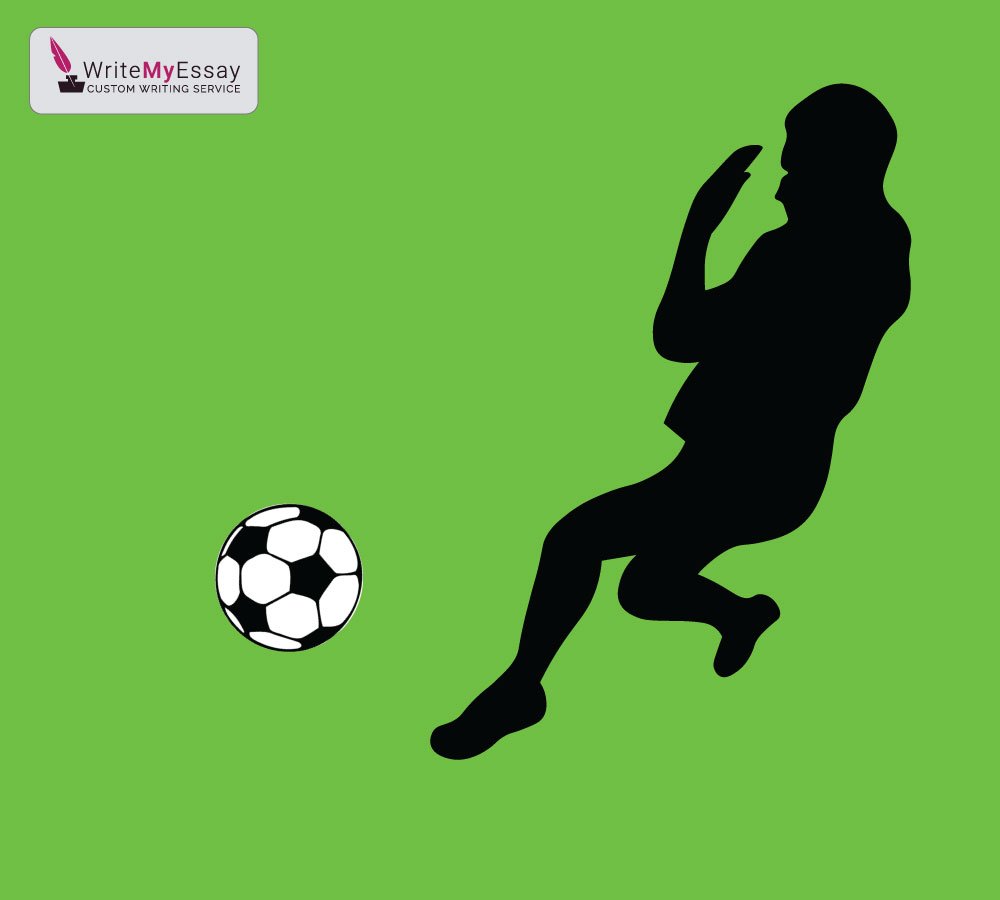Are college football players receiving quality education? Or are they spending more time in the field? essay sample

College athletes keep getting degrees spending about 40 hours per week on training sessions. That is 10 hours more than Division I players spend on academics. Division I and II baseball appeared to be the most demanding sport, but football does not lag behind. Officially, the NCAA restricts athletes’ practice to 20 hours per week, but these do not include voluntary workouts and more activities essential to collegiate student-athletes. Taking into account ever-increasing workload, college athletes cannot meet the standards of higher education. In 2013, college athletes graduated at 18-percent lower rate than non-athletes, and the figure was even lower for African-American athletes.
An athletic scholarship is the first thing that makes colleges proud of their students. Nevertheless, athletes also generate many scandals that do not please their institutions. Spoiled academic experience and notoriety of college athletes urged Ivy League institutions to suspend some of their teams in 2016. Other high-rank universities followed this example, though not dismissed an athletic scholarship entirely. Among the reasons to do so, school executives put the so-called “paper” classes that never existed but supplied athletes with grades necessary to proceed.
At some point of their tuition, athletes face a tough choice. Shall they go pro or graduate with some academic degree first? More than 25 percent of women in Division I sports wish they could cut their athletic hours for the sake of tuition and so do 23 percent of male football players. Perhaps, colleges shall choose between cutting hours for athletes or giving them a purely athletic degree without a credit for their academic performance.
